2 Mummies Unearthed in Ancient Egyptian Cemetery Where King Tut and Other Royalty Were Buried

Two mummies have been unearthed in Egypt's Valley of the Kings, the cemetery holding the tomb of King Tut and other Egyptian royalty.
In addition to the mummies, archaeologists also unearthed several workshops, which reveal in greater detail the lives of the workers who built the majestic complex. The finds were announced Thursday (Oct. 10) at a news conference.
Though no royal tombs were found, the new discoveries reveal storage areas for the workers’ equipment, writing that discusses their lives and even an unusual artifact that workers may have used to move furniture.
Related: See Photos of Egypt’s Majestic Valley of the Kings
A worker's life
One of the most important discoveries was a vast complex of workshops found in the western section of the Valley of the Kings, near the ancient city of Luxor. The complex includes workshops used to color pottery, manufacture furniture and clean gold, team leader Zahi Hawass, a former Egyptian minister of antiquities, said at the news conference.
Near the workshop complex, archaeologists found an area 16 feet (5 meters) long that was dug into the valley and that may have been used as a cachette (a place to store items), Hawass said. This site yielded the remains of numerous items, including remnants of onions, figs, linen, rope and bits of material left over from mummification. Archaeologists also uncovered a piece of wood that is about 3 feet (0.9 m) long that looks like a two-pronged fork. A hieroglyphic inscription on it says "lord of the two lands." This unusual artifact may have been used like a dolly or forklift "to hold furniture to put it inside the tomb," Hawass said.
Related: Gallery: What Mummifying a Human Body Looks Like
Get the world’s most fascinating discoveries delivered straight to your inbox.
Nearby, archaeologists found the remains of structures used to bake bread, make pottery and store water. They also found two rings, one of which is inscribed with the name of Amenhotep III, a pharaoh whose tomb is located in the western valley, and another ring that may have been used for a queen. Hawass said he hopes to find undiscovered tombs of the family members of Amenhotep III, King Tut's grandfather, in future field seasons.

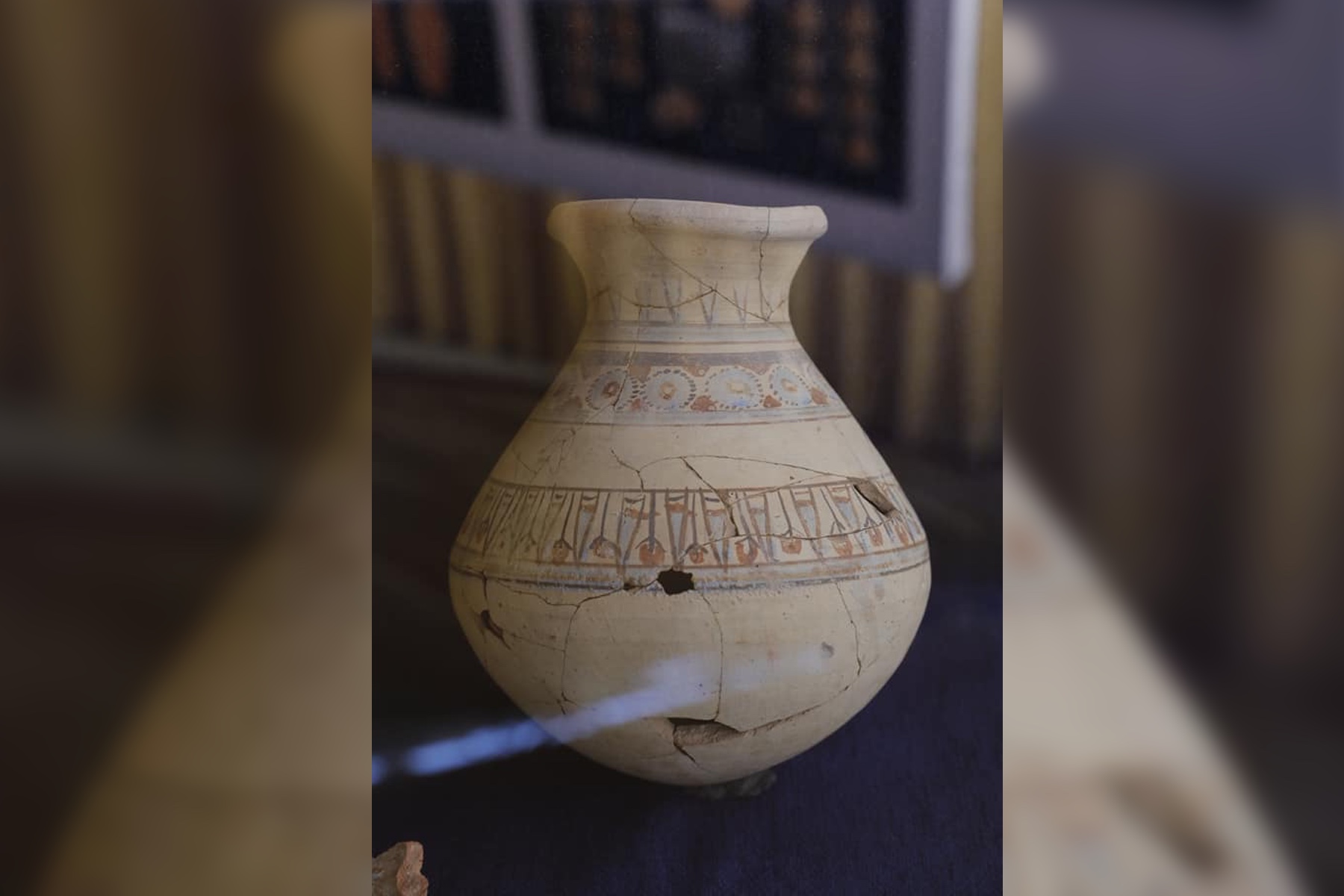

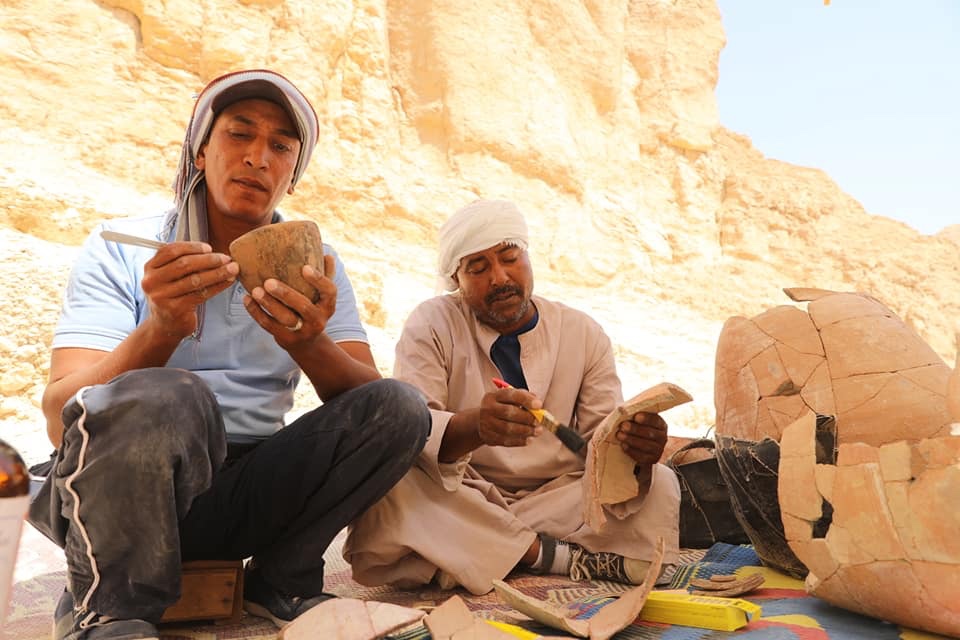
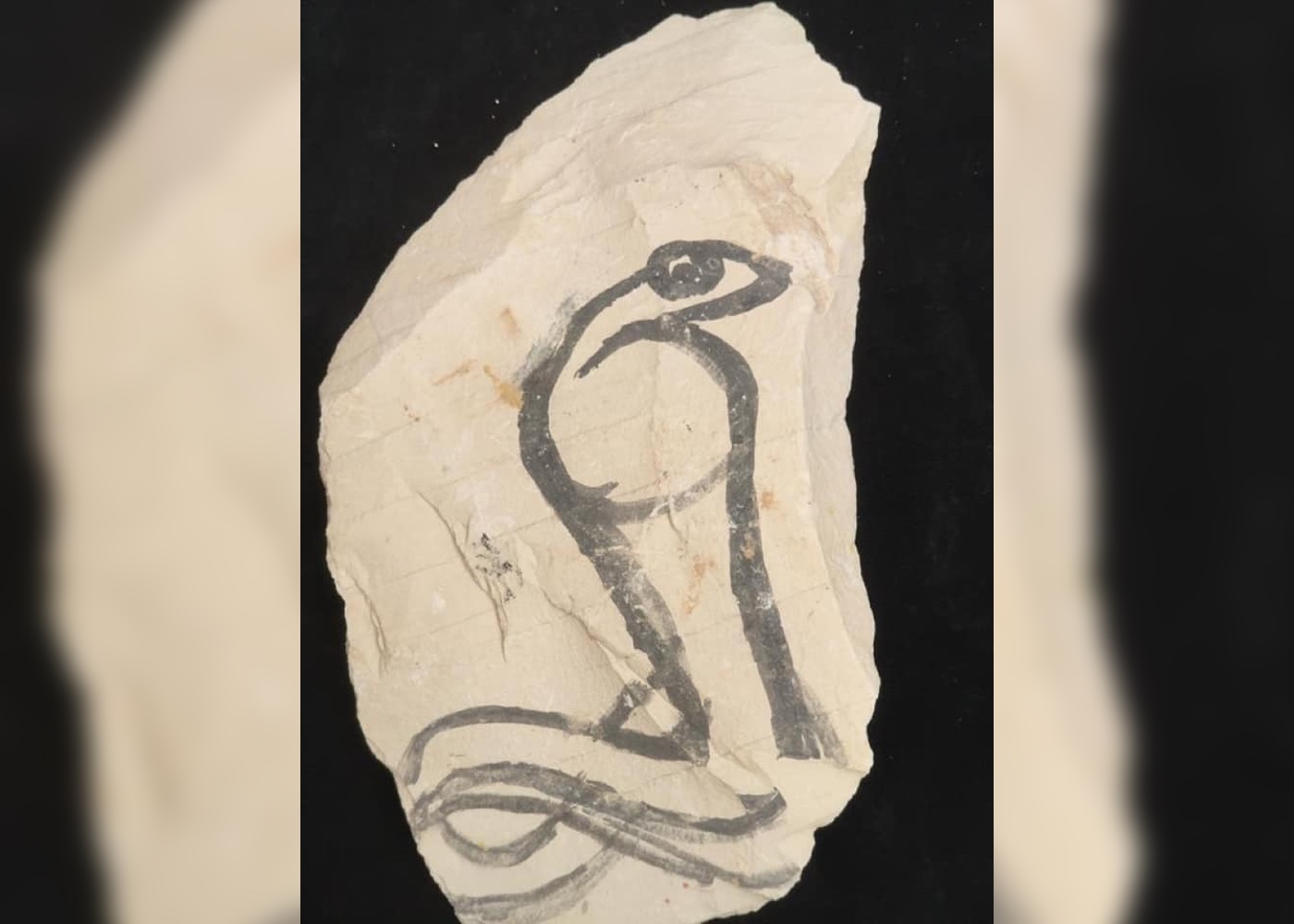
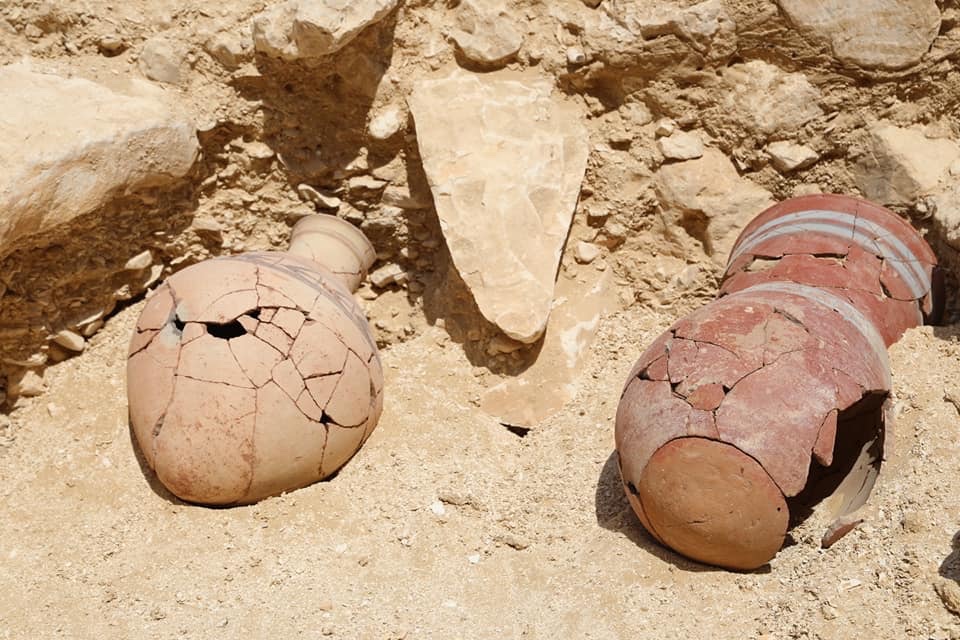

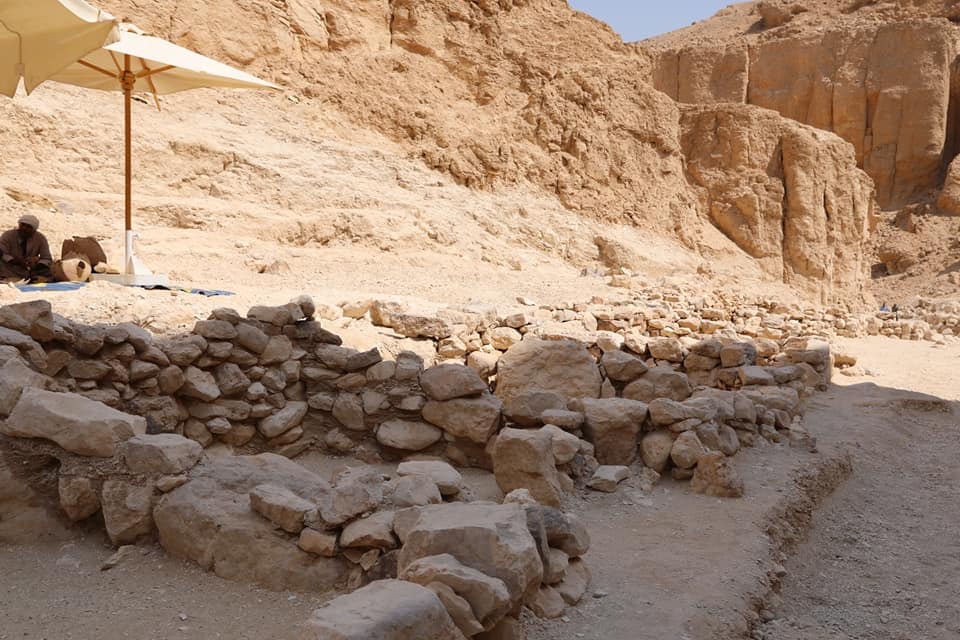
More discoveries
In the eastern portion of the Valley of the Kings, the team found 10 inscriptions written on ostraca (pieces of pottery) near the tomb of Ramesses III (who reigned between 1184 B.C. and 1153 B.C.). While translation work is in progress, archaeologists can already tell that at least one of the inscriptions "is talking about the workmen who actually came to work at this site," Hawass said.
Near the tomb of Ramesses VII (who ruled from 1136 B.C. to 1129 B.C.), archaeologists also found the remains of 40 small huts, dating back around 3,300 years, that were essentially storage sheds used for the tools, the workmen used to build the tombs, Hawass said.
More discoveries were made near the tomb of Hatshepsut, a female pharaoh, and include the remains of two female mummies, as well as several shabti figurines, Hawass said. Ancient Egyptians commonly buried shabtis, a type of figurine that looks like a human, with mummies believing that they assisted the deceased in the afterlife. Who these two female mummies were is not certain.
These discoveries will help archaeologists to learn more about the workers who built the tombs, Hawass said. And the discovery of new royal tombs may still be coming, they said.
"We hope that one day we can find [undiscovered] royal or private tombs" in the valley, Khaled al-Anani, Egypt's antiquities minister, said at the news conference. "The excavation is [expected] to take more years."
- In Photos: The Mummy of King Ramesses III
- Photos: The Amazing Mummies of Peru and Egypt
- The 25 Most Mysterious Archaeological Finds on Earth
Originally published on Live Science.


Owen Jarus is a regular contributor to Live Science who writes about archaeology and humans' past. He has also written for The Independent (UK), The Canadian Press (CP) and The Associated Press (AP), among others. Owen has a bachelor of arts degree from the University of Toronto and a journalism degree from Ryerson University.


